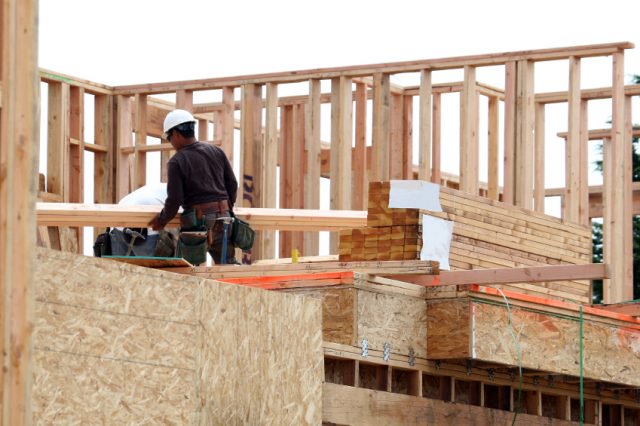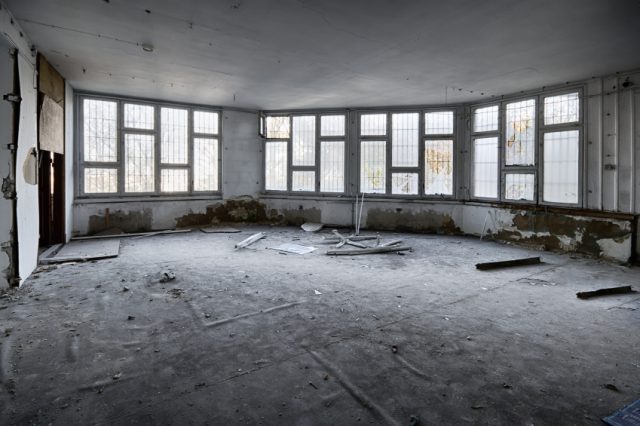Landlords Refusing Energy Efficiency Improvements
A new report has found that 58% of tenants that have requested energy efficiency improvements from their landlords have been refused, while over half of renters say their home is cold and draughty.

Landlords Refusing Energy Efficiency Improvements
The study, conducted by PropertyLetByUs.com – an online letting agent – also found that seven out of ten tenants have made requests to their landlord to make improvements to the property. A further 76% of renters claim their property has an old gas boiler that is unreliable and 48% do not have double-glazing.
From 1st April 2016, tenants have been able to request energy efficiency improvements, such as more insulation, and landlords cannot unreasonably refuse. However, it is a tenant’s responsibility to fund the works.
Additionally, from 1st April 2018, all rental properties must have an energy efficiency rating of E or above.
It is estimated that more than 10m British families live in a home with a leaking roof, damp walls or rotting windows. Damp, condensation and mould are all big problems in rental properties, as a result of older, single-glazed homes.
This guide to condensation control will help both landlords and tenants avoid costly and potentially unhealthy issues: /landlords-guide-condensation-control/
The Managing Director of PropertyLetByUs.com, Jane Morris, comments: “It is very disappointing to see that so many tenants have been refused when they have requested their landlords make improvements to the property. Landlords that are trying to rent cold, draughty and damp accommodation should immediately start improving their properties. Otherwise, they could be falling foul of the legislation that requires them to bring their properties up to an E rating.
“It is estimated that around 1m tenants are paying as much as £1,000 a year more for heating than the average annual bill of £1,265. These excessive costs are mainly down to poorly insulated homes, many of which are thought to be the oldest and leakiest rental properties in Europe.”
Morris adds: “Landlords that are currently renting out F and G-rated properties should be looking at the improvements they can make, and researching costs and available help, through the Energy Saving Advice Service (ESAS) or Home Energy Scotland.”
Landlords, remember that you must ensure your properties are safe, efficient and secure. It is also your duty to protect your tenants and make sure their home is comfortable.








